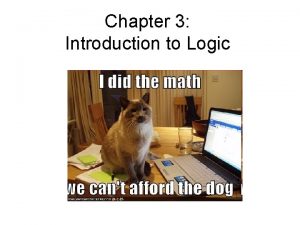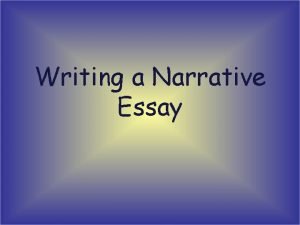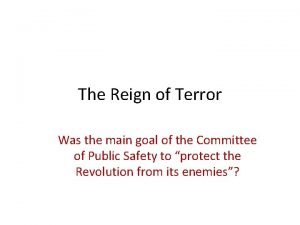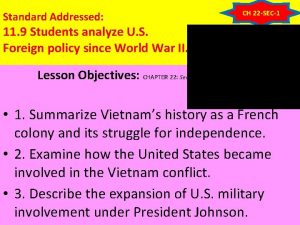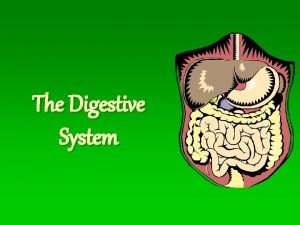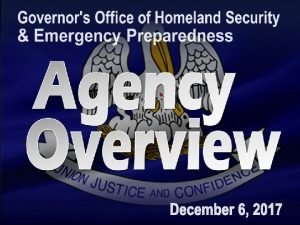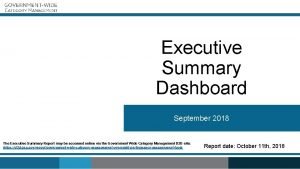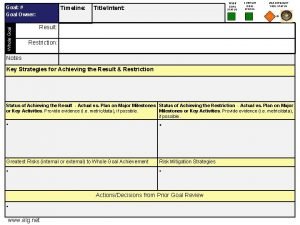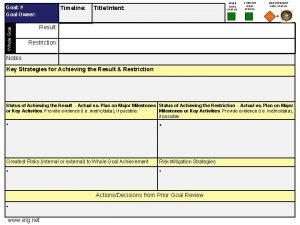Executive summary The main goal of an executive







- Slides: 7

Executive summary The main goal of an executive summary is to provide a condensed version of information from large documents and other evidence. Similar to an abstract - a shortened form of a work, or a synopsis - plan of a play. The key difference is that executive summaries are written for people who probably DO NOT have time to read all the information in larger documents. Functions of an Executive Summary • Gives readers the essential contents of your topic in 500 words. • Previews the main points of your topic enabling readers to build a mental framework for organising and understanding the detailed information for your subject area. • Helps readers determine the key results and recommendations reported in your subject area. A self contained, stand alone document. Accuracy is essential because decisions are made based on the executive summary by people who have not read all the information pertaining to the topic.

Structure • Paragraphs should be short and concise. • Executive summaries should make sense even if you have not read all the information. • Executive summaries should be written in language that is appropriate for the target audience.

Key points and Recommendations Key Points • An executive summary needs to clearly define a problem in clear, understandable terms. Recommendations • A problem is always in need of a solution. • You need to present your solution so that it effectively tackles the problem. • If your key issues are not clearly written, your solution is less likely to make sense

Headings and dot points • An executive summary is not an essay; it does not need to be long blocks of text. • Use bullet points and headings. This will help orient the reader as they dive into the summary.

Jargon Keep the writing jargon-free. • Jargon is the enemy of understanding. • Jargon obscure real meaning and can make the summary sound vague and devoid of specifics.

Executive summary check ü Scan your executive summary should provide evidence supporting optimal care delivery for your chosen area to determine what the content, structure and length of the each section would be. ü Highlight key points; determine purpose/central theme of the information. ü Review your research and determine what the key ideas or concepts are. ü Group ideas in a logical fashion and prepare a point form outline of the summary. ü Edit the outline to eliminate secondary or minor points; use your judgement to keeping the summary concise. ü Determine whether subtitles, bullets, selective bolding or some other type of organisational structure will add to the clarity of your summary. ü Write the summary in your own words, using a professional style. ü Include references in text and in the reference list using UTS Harvard. ü Read it aloud or even tape record yourself reading your summary.

Examples of Executive Summaries • http: //www. health. gov. au/internet/main/publish ing. nsf/Content/E 8282 AA 7 CC 931 CD 6 CA 257 BF 00 01 D 3 CF 7/$File/frameexe. pdf • https: //agedcare. health. gov. au/programs/myaged-care/co-design-workshop-for-diverse-needs • http: //www. health. gov. au/internet/main/publish ing. nsf/Content/cda-cdi 3001 e. htm
